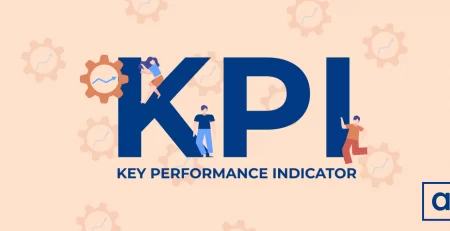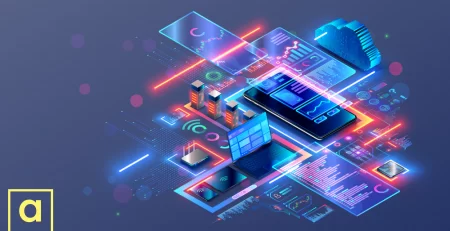The New Era paved by Mobile Edge Computing
With the emergence of new 5G technology, which provides much higher speeds than 4G network, one can process humongous amounts of data in real-time that can help businesses improve their performance. Using this technology along with mobile edge computing can reduce the latency significantly.
Why 5G Needs Mobile Edge Computing:
- 5G is the only network that can accomplish speed and latency targets that are required for mobile edge computing.
- Once 5G get full coverage, it can support ecosystem of new applications.
What is Mobile Edge Computing?
Mobile edge computing is a network architecture concept that enables cloud computing capabilities and IT service environment using mobile data. With the introduction of 5G and its high speeds and low latency, mobile computing is actually useful for the users.
5G and Edge computing technologies are used in IoT services, virtual reality, and cloud gaming applications.
Why is Mobile Edge Computing Needed?
Cloud Computing has already helped us in performing computational tasks easily, it becomes challenging when the cloud computers and servers are far from the user’s location. Computing enables new business segments and services for consumers and enterprises.
It helps in the communication with the central cloud computing platform with less data. It aids by creating a new ecosystem and value chain by authenticating third parties so they can flexibly deploy their new and innovative applications which can run on the cloud server’s hardware and user can enjoy its features on their mobile phones.
Why Mobile Edge Computing is Trending
The global market is expanding very quickly due to high adoption of mobile edge computing devices. These devices range from Internet of Things (IoT) devices such as mobile Point of Sale (mPOS), smart cameras, medical sensors, fitness bands, smart printers, etc. These devices faster and real-time insights on the data source.
Role of 5G in Mobile Edge Computing:
- Sensors thar are placed in a far-away locations would give real-time updates about the services to the connected users.
- The service depends upon the devices using them, the network provider and the established cloud provider that owns them.
- It all comes down to 5G and it unlocking its full potential thus meeting everyone’s expectations.
Challenges for Mobile Edge Computing:
- Hardware Constrains:
Using embedded devices there is now way to fit such a big hardware as compared to cloud centres.
- Security vulnerabilities:
Mobile Edge Computing have to ensure a secure communication between the cloud servers and the mobile device.
- Lack of a unified architecture:
This is due to the unmanageable matrix of codebases, pipelines and deployment processes and different practices.













Leave a Reply